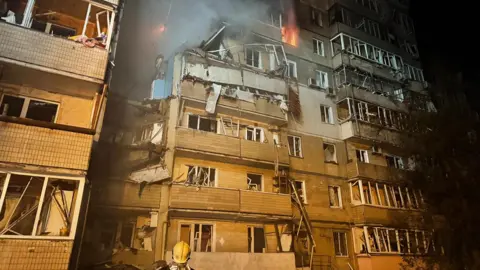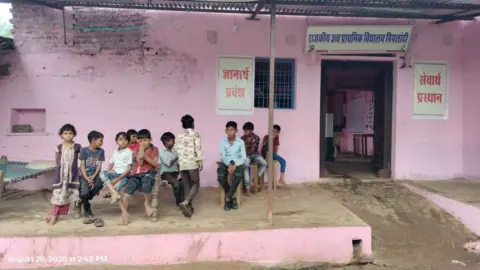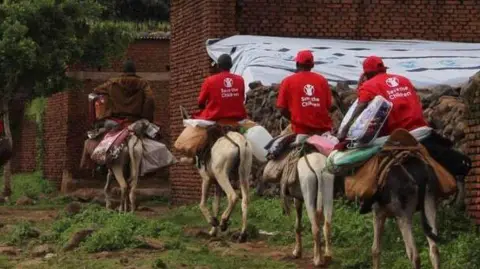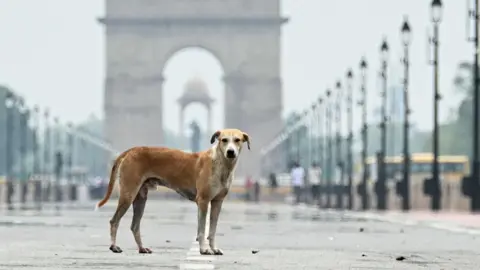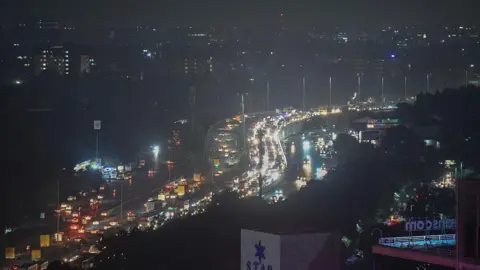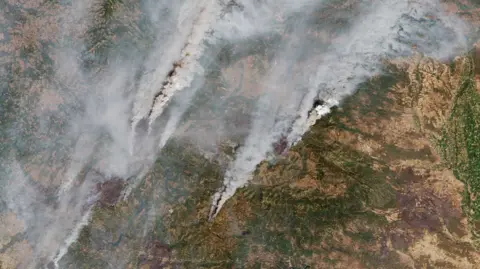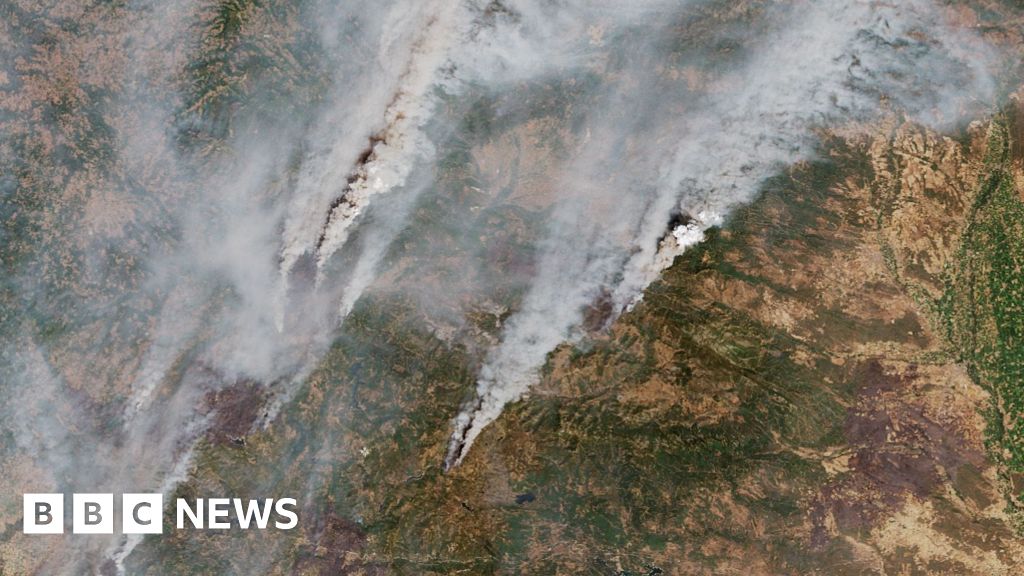Heavy rains last month caused widespread flooding in Mumbai, yet again igniting the distressing annual cycle of urban chaos during the monsoon season. "Who is responsible for this mess?" many residents cried out as they navigated streets that had become unrecognizable rivers, forcing them to abandon vehicles and seek refuge. The crisis began without a proper warning; even a newly constructed underground metro station couldn't escape the deluge, as videos of its inundation circulated rapidly on social media.
In response, the Brihanmumbai Municipal Corporation (BMC), tasked with maintaining Mumbai's infrastructure, attempted to shift blame onto clogs in the drainage systems due to garbage and the debris from around construction sites. However, anger has prompted the BMC to initiate clearer actions, deploying de-watering pumps and clearing blockages in vulnerable areas. Unfortunately for many residents, these measures are viewed as too little, too late.
Mumbai's predicament is not a unique occurrence; other metropolitan hubs like Delhi and Bengaluru also grapple with similar flooding problems each year. Structures collapse, drainage systems overflow, and transportation grinds to a halt as monsoon rains descend.
Experts identify unplanned urbanization and deteriorating infrastructure, compounded by years of neglect for the environment, as the primary culprits for these disruptions. The unchecked expansion of cities has overwhelmed outdated water management systems originally designed for different, less populous times, leading to a failure to manage excess rain. Urban planners like Dikshu Kukreja emphasize that many cities have disregarded essential natural drainage systems such as wetlands and other water bodies that were capable of absorbing heavy rain.
With climate change amplifying unpredictable weather patterns—including erratic rains and severe droughts—authorities struggle to prepare adequately. The recent monsoon season started a week earlier than expected, further complicating the situation, as explained by weather experts like Mahesh Palawat.
In Delhi, the infamous Minto bridge has become a notorious symbol of monsoon-induced havoc, frequently leading to stranded vehicles when the rains come pouring down. The city's recorded rainfall has been staggering, with this season marking the wettest May since 1901. Unfortunately, the consequences include not just traffic disruptions but injuries and even fatalities.
Signs of flooding can also be seen in Bengaluru, where once-thriving lakes, vital for managing rainwater, have been repurposed into urban sprawl. Conservationists like Ram Prasad highlight the legacy of poor planning that has led to the city's current vulnerability. The valley formations that channel rainfall have been compromised by continued construction, leaving highland areas more prone to flooding.
Mumbai's geographical layout adds complexity to its flood challenges, marked by low-lying regions and coastal proximity that intensifies rainfall impact. Experts agree that while natural environment changes contribute to flooding, human intervention, such as mangrove destruction and floodplain development, worsen the crisis.
Inadequate long-term planning has resulted in a systemic breakdown across urban centers. Local governance often reacts to crises rather than implementing sustainable strategies to mitigate flooding risks. Sadly, this reality isn't limited to metropolitan regions; smaller towns also suffer devastating consequences, as evidenced by the recent flooding and landslides in northeastern states causing multiple fatalities.
Experts highlight that proactive solutions are feasible if supported by coordinated strategies. Implementing technology for real-time monitoring of high-risk areas can help, but it must be paired with effective governance and community engagement for meaningful impact.
Ultimately, as India faces its recurrent monsoon challenges, a comprehensive approach to urban planning and environmental stewardship is essential to building resilience and protecting communities for seasons to come.








